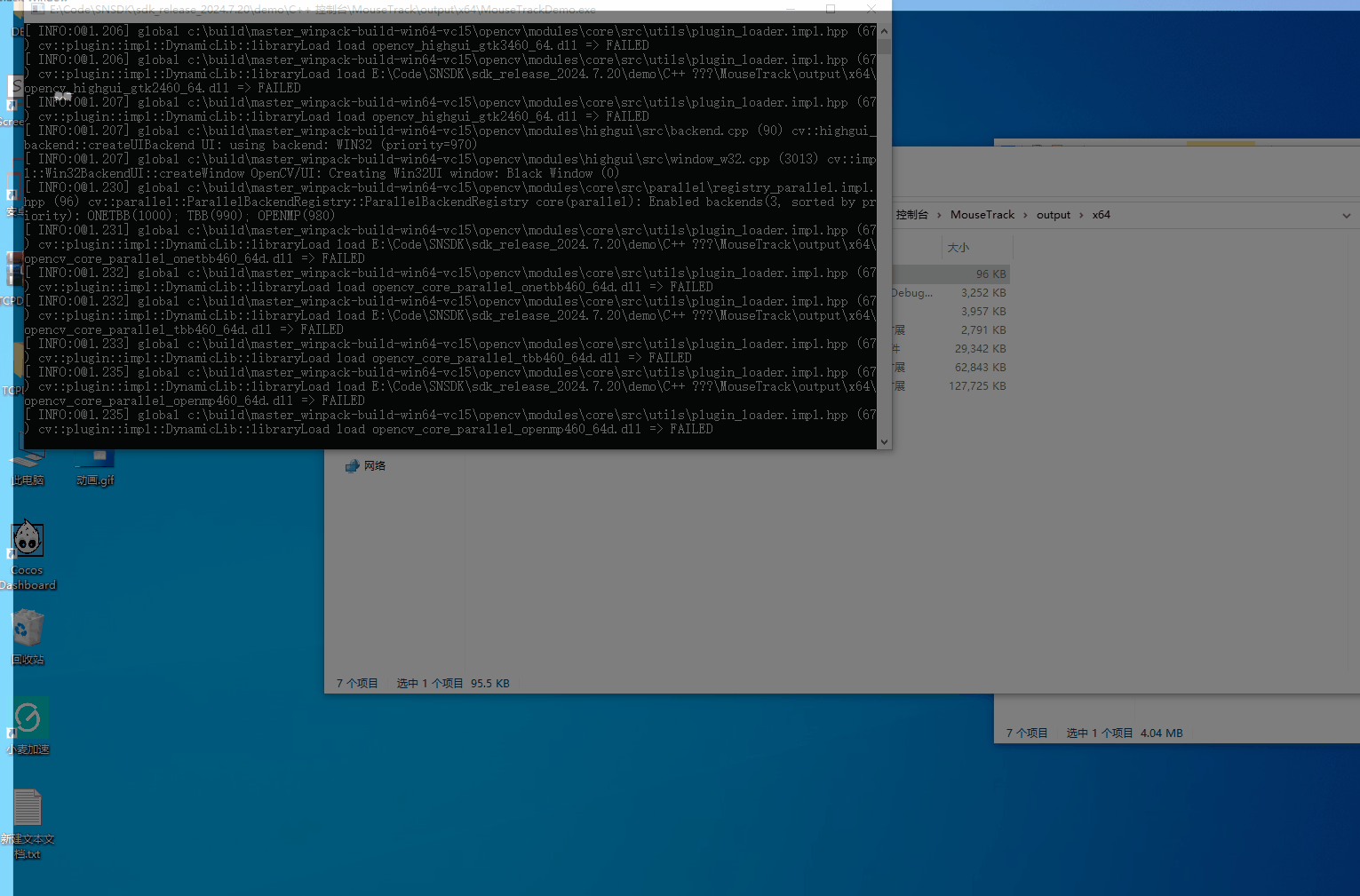在这个数据驱动的时代,获取商品销量详情已经不再是简单的点击和浏览。我们需要的是速度、效率,还有一点点的...偷偷摸摸。没错,今天我们要聊的是如何使用Python爬虫来“偷窥”商品销量详情。别担心,我们保证一切都是合法合规的,就像在百货商场里试穿衣服一样,只是看看,不买账。
一、准备工作:装备你的“潜水艇”
在开始我们的“偷窥”之旅前,我们需要给我们的爬虫穿上一件“隐身衣”。这是因为许多网站都有反爬虫机制,比如检查你的User-Agent是否是常见的浏览器。如果我们直接用Python的默认User-Agent去请求,那简直就像穿了一件印有“我是爬虫”字样的T恤,分分钟被识破。
python">import requests
from bs4 import BeautifulSoupheaders = {'User-Agent': 'Mozilla/5.0 (Windows NT 10.0; Win64; x64) AppleWebKit/537.36 (KHTML, like Gecko) Chrome/91.0.4472.124 Safari/537.36'
}response = requests.get('https://www.example.com', headers=headers)二、优雅地“滑入”商品详情页
现在我们已经成功伪装成一个普通的浏览器用户,接下来就是悄无声息地滑入商品详情页。这里我们使用requests库来发送HTTP请求,获取商品详情页面的内容。
python">url = "https://www.example.com/product/12345"
response = requests.get(url, headers=headers)if response.status_code == 200:print("成功潜入!")
else:print("哎呀,被发现了!")三、“解析”艺术:从HTML中提取宝贝信息
获取到商品详情页的内容后,我们需要从中提取出有用的信息,比如商品名称、价格、销量和评价等。这里我们使用BeautifulSoup库来进行HTML解析。
python">soup = BeautifulSoup(response.text, 'html.parser')# 假设商品名称在<h1>标签中
product_name = soup.find('h1').text# 假设商品价格在<span class="price">标签中
product_price = soup.find('span', class_='price').text# 假设商品销量在<span class="sales">标签中
product_sales = soup.find('span', class_='sales').textprint(f"商品名称:{product_name}, 价格:{product_price}, 销量:{product_sales}")四、数据的“化妆舞会”:清洗和整理
获取到的数据往往带有HTML标签或者多余的空格,我们需要对其进行清洗和整理,以便后续使用。
python">import re# 清洗商品名称
product_name_cleaned = re.sub(r'<.*?>', '', product_name).strip()# 清洗商品价格
product_price_cleaned = re.sub(r'[^\d.]', '', product_price)# 清洗商品销量
product_sales_cleaned = re.sub(r'[^\d]', '', product_sales)print(f"清洗后的商品名称:{product_name_cleaned}, 价格:{product_price_cleaned}, 销量:{product_sales_cleaned}")五、“偷窥”也要有道德:遵守robots.txt
在进行爬虫操作时,我们一定要遵守目标网站的robots.txt文件规定,这是爬虫界的“道德底线”。robots.txt文件规定了哪些页面可以爬取,哪些不可以,我们要做的是一个“有道德”的爬虫。
六、实战演练:爬取京东和淘宝商品信息
为了演示,我们分别编写爬虫来抓取京东和淘宝的商品信息。为了抓取商品名称、价格、销量和评价,我们使用了 requests 和 BeautifulSoup 来抓取一些基本的商品信息。
python"># 京东商品页面URL(这里只是一个示例,实际应用时需要替换为目标商品页面URL)
url = "https://search.jd.com/Search?keyword=python&enc=utf-8"
response = requests.get(url, headers=headers)
soup = BeautifulSoup(response.text, 'html.parser')# 解析商品名称和价格信息
products = []
prices = []
sales = []
reviews = []# 查找所有商品容器
product_containers = soup.find_all('div', class_='gl-i-wrap')
for container in product_containers:# 获取商品名称product_name = container.find('div', class_='p-name').get_text(strip=True) if container.find('div', class_='p-name') else '无名称'# 获取商品价格price = container.find('div', class_='p-price').find('strong').get_text(strip=True) if container.find('div', class_='p-price') else '无价格'# 获取销量(假设销量信息位于class为"p-commit"的标签中)sale = container.find('div', class_='p-commit').get_text(strip=True) if container.find('div', class_='p-commit') else '无销量'# 获取评价信息review = container.find('div', class_='p-icons').get_text(strip=True) if container.find('div', class_='p-icons') else '无评价'products.append(product_name)prices.append(price)sales.append(sale)reviews.append(review)# 将数据存储到Pandas DataFrame
jd_data = pd.DataFrame({'商品名称': products,'价格': prices,'销量': sales,'评价': reviews
})
jd_data.to_csv('jd_products.csv', index=False, encoding='utf-8')
print(jd_data.head())七、总结
通过以上步骤,我们成功地使用Python爬虫“偷窥”了商品销量详情。这不仅仅是一项技术,更是一种艺术,一种在信息海洋中寻找宝藏的艺术。记住,爬虫虽好,但不要过度“偷窥”,毕竟,我们还是要尊重数据的“隐私权”。



